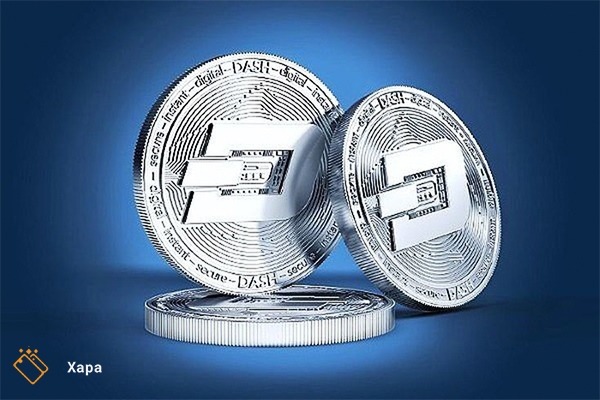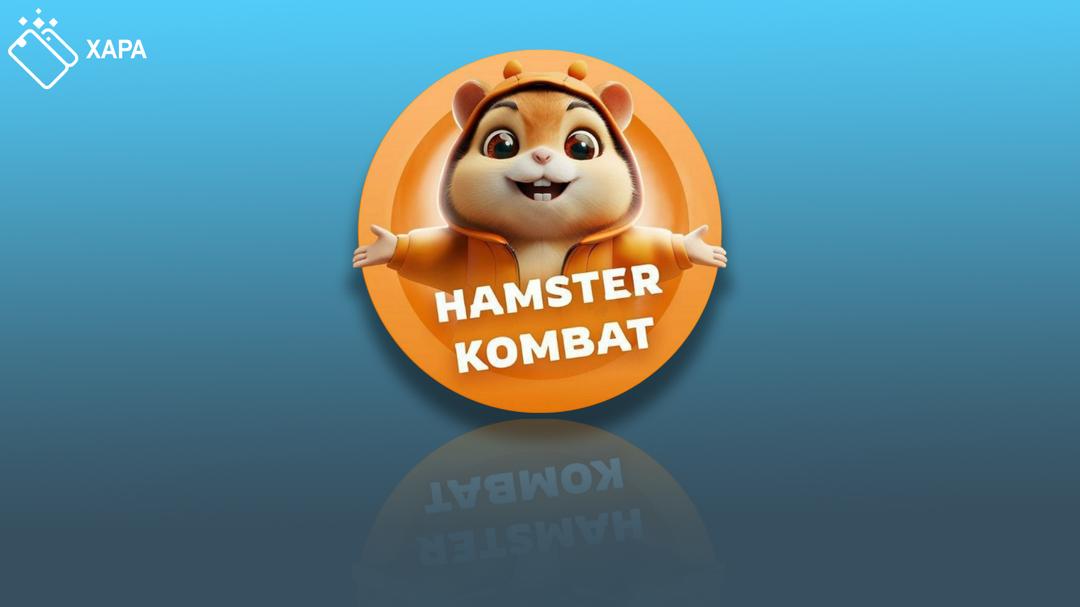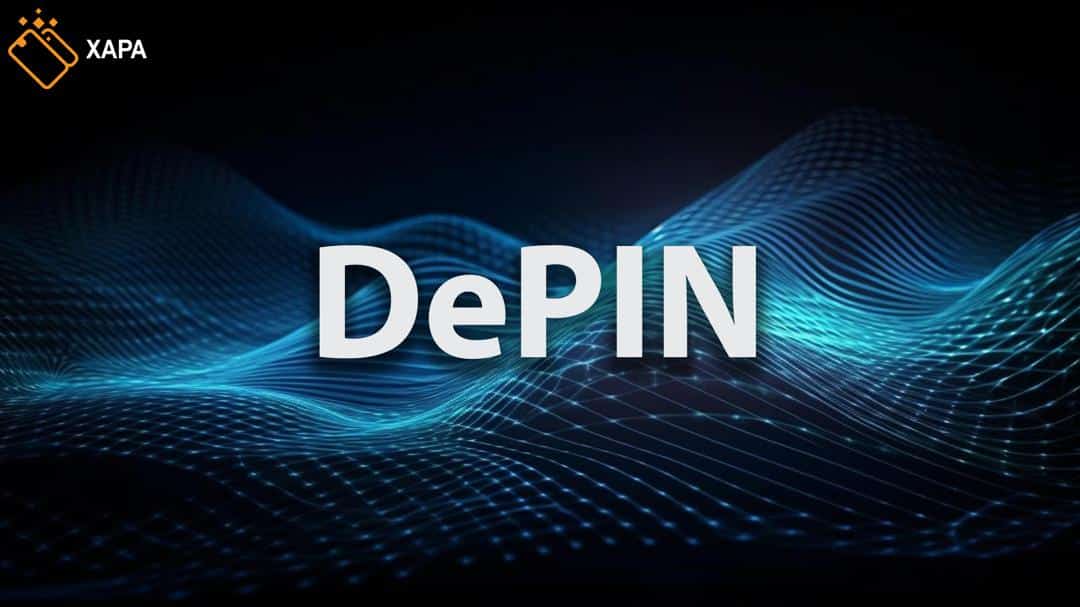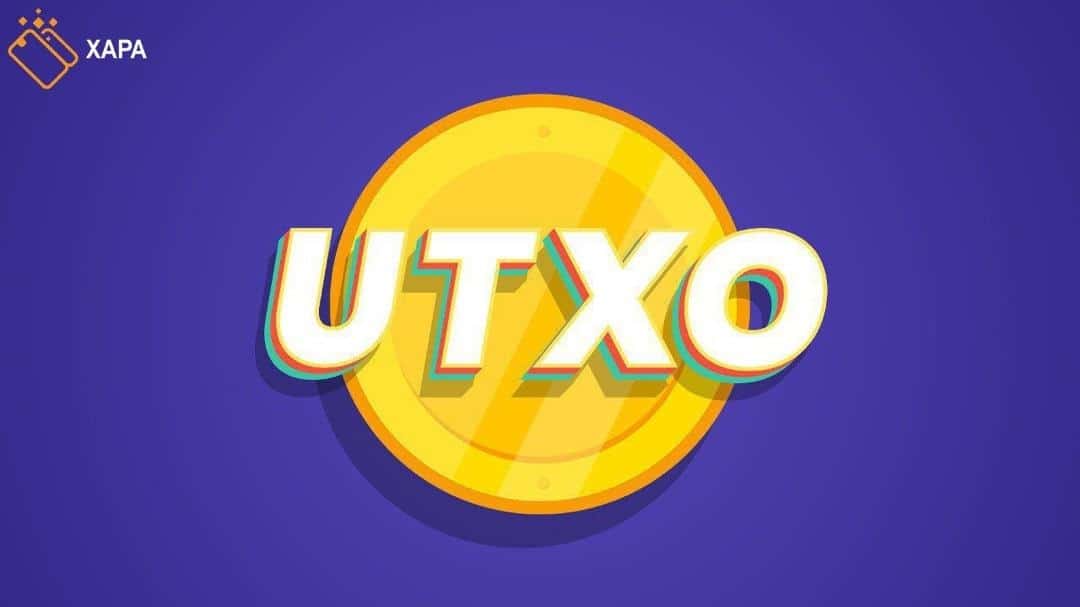
Investment in the digital currency market has increased dramatically since late 2016 when the price per unit of Bitcoin reached more than $ 1,000. At the end of this year, the total value of the Bitcoin market reached $ 17 billion, and at the time of writing (2019), this amount has increased to more than $ 160 billion, which means that in these three years, its growth has been more than 841%!
About DASH
For answer the question what is DASH Coin ? at first we should know more about DASH and see what is DASH classic.
Just as the Internet has decentralized content and information, the Bitcoin blockchain is decentralizing money. However, because Bitcoin is the world’s first cryptocurrency, it has many fundamental problems. One of these problems is the complete lack of privacy and anonymity of transactions.
This bitcoin problem has given rise to other digital currencies called Anonymous Cryptocurrencies, one of which is the Ethereum DASH. Ethereum DASH is one of the best alternatives to bitcoin. This digital currency was introduced in 2014 and its market value is currently more than $ 600 million. You may be interested to know that the name of this digital currency was first Xcoin, then it was changed to Darkcoin and finally, it was renamed to DASH, which is a combination of the words Digital + Cash.
Ethereum DASH, like bitcoin, is a digital currency that can be used to send and receive payments. DASH is based on the technology that Bitcoin and Litecoin work with. However, many fundamental changes have taken place to improve the DASH network so far.
The main reason for Ethereum DASH’s popularity is its better privacy and higher transaction speed than Bitcoin. This is done by a new and innovative model using Masternodes, which we will explain in the following. In addition to these benefits, DASH operates on a self-governing basis and a budget (Self-Funding). Unlike Bitcoin, the DASH network can fund itself to further develop and improve network technology.
DASH is a fork on the Litecoin network, and Litecoin itself is a fork on the Bitcoin network. This means that the cryptocurrency is a fork on bitcoin and works based on bitcoin technology.
About DASH History
The original creator of Ethereum DASH is Evan Duffield. He became acquainted with Bitcoin in 2010 and was impressed by it. But he discovered problems in it and with a lot of research and study and with the help of a team of professional digital currency professionals, he wrote his exclusive name called DASH based on the bitcoin core code and introduced it to the public in 2014.
In 2010, Evan Duffield, the creator and founder of Ethereum DASH, like many digital currency co-founders, began his career by studying and using bitcoin. Duffield became acquainted with bitcoin in 2010 and was impressed by its technology, but after using it, he encountered several fundamental problems that he felt needed to be solved. These problems were the low speed of transactions in the network and the issue of privacy and anonymity of transactions that were mentioned earlier.
In 2014, after months of research and study, the Ethereum DASH, originally called XCO, was written based on the Bitcoin code and began as a hard fork on the Litecoin network. DASH had features that enhanced privacy and set it apart from Bitcoin. When the fork was done, a bug occurred in the network that extracted 1.9 million DASH coins in just two days! 1.9 million DASH units are close to 10% of the total amount of DASH coins available (18.9 million). After this technical problem arose, Ivan Duffield suggested that DASH be reopened; But his offer was rejected and the DASH project continued.
On January 28, 2014, the name of this digital currency was changed from X Coin to Darkcoin.
For understanding more about DASH history, we should note that on March 25, 2015, the name of this digital currency was changed again from Darkcoin to Ethereum DASH and continues to this day under the same name. In 2019, the market DASH value history reached more than $ 600 million, and more than 9 million were mined from its coins (about fifty percent). In fact, DASH value history is estimated that by 2300, all available coins will be mined.
How does DASH works?
Ethereum DASH, like Bitcoin, uses the Proof Of Work algorithm to network and generate new coins. The name of the cryptographic algorithm is DASH X11. The approximate release time of each block on the DASH network is 2.5 minutes, and its network is capable of processing 56 transactions per second (TPS).
We said that the Ethereum DASH is very similar to Bitcoin but has innovations that have improved its performance over Bitcoin. These innovations include Masternodes, Private Send, Instant Send, and Self-Funded Blockchain.
Ability of Masternodes
One of the major differences between Ethereum DASH Network and Bitcoin is that not all network mining rewards go to miners, but there is a special group of users who are called masters and are rewarded for what they do on the network.
In the Bitcoin network, all nodes are the same and have the same rights to the network, but in the Ethereum DASH network, some nodes are given special powers. Each person can form a Node by pledging 1,000 coins. Masters send private and instant submissions and receive a 45% bonus.
Private Send
Using private sending, you can send your money privately and by merging in different transactions. This makes transactions much more difficult to identify. To do this, Ethereum DASH uses a coin merger service based on the CoinJoin algorithm. The use of private sending is optional, and the user can use it as he wishes. You must have at least 1000 DASH to send to use this DASH network feature.
Ability to send Instant Send
With this feature, you can send your transactions instantly in 1.5 seconds. These things are done by master nodes, but master nodes demand more rewards for doing this.
What is DASH used for?
Ethereum DASH Applications: One of the reasons for the formation of the DASH digital currency was to speed up transactions with low transactions. Perhaps the most important use about DASH is for this reason and the purpose of its formation is to perform fast transactions with low amounts and cheap, which is suitable for a wide range of people who may record low transactions daily and be able to make large investments.
What is DASH Mining?
As mentioned, Ethereum DASH, like Bitcoin, runs on a proof-of-work algorithm; Therefore, it can be extracted. There is a total of 18.9 million DASH units available for supply, and after this amount is mined, no more DASH will be produced and supplied. Mining this cryptocurrency digital currency is becoming more difficult year by year and the reward for extracting DASH is decreasing by 7.1% every year. Furtheremore, for answer the question that what is DASH staking, we should note that this cryptocurrency is not suitable for staking.
Building blocks on the DASH network takes 2.5 minutes, which is about 4 times faster than Bitcoin. DASH extraction is possible with a processor, graphics card, or special ASIC devices.
DASH Price History
Ethereum DASH started at $ 0.3 in 2014 and was less than $ 10 per unit by the end of 2016. On December 20, 2017, this digital currency experienced its highest price to date, $ 1448.
Ethereum DASH is a cryptocurrency or form of the digital asset with a market value of about $ 2.09 billion, ranking 44th in the market and accounting for 0.13% of the total market. Each unit of DASH is currently trading at $ 208.95 and its daily trading volume is $ 599.97 million. The price has increased by 1.22% in the last 24 hours. The highest price of DASH on December 20, 2017, was equal to $ 1,550.84, which is currently 86.52% lower than then. The number of units in circulation will be 10.01 million and the total number of units will be 18.9 million. Currently, the most active exchange in which DASH trades is the CITEX Exchange with a share of 11.82% of the daily trading volume.






